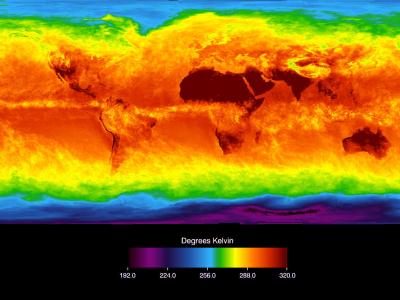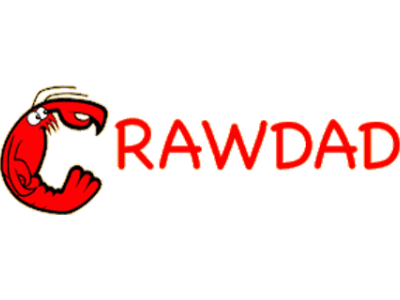
- Categories:


Drosophila Melanogaster, the common fruit fly, is a model organism which has been extensively used in entymological research. It is one of the most studied organisms in biological research, particularly in genetics and developmental biology.
When its not being used for scientific research, D. melanogaster is a common pest in homes, restaurants, and anywhere else that serves food. They are not to be confused with Tephritidae flys (also known as fruit flys).
https://en.wikipedia.org/wiki/Drosophila_melanogaster

Early data was collected by technicians using mercury thermometers, where any variation in the visit time impacted measurements. In the 1940s, the construction of airports caused many weather stations to be moved. In the 1980s, there was a move to electronic thermometers that are said to have a cooling bias.
Given this complexity, there are a range of organizations that collate climate trends data. The three most cited land and ocean temperature data sets are NOAA’s MLOST, NASA’s GISTEMP and the UK’s HadCrut.

On February 11th 2016 LIGO-Virgo collaboration gave the announce of the discovery of Gravitational Waves, just 100 years after the Einstein’s paper on their prediction. The LIGO Scientific Collaboration (LSC) and the Virgo Collaboration prepared a web page to inform the broader community about a confirmed astrophysical event observed by the gravitational-wave detectors, and to make the data around that time available for others to analyze

The TMC maintains a map of traffic speed detectors throughout the City. The speed detector themselves belong to various city and state agencies. The Traffic Speeds Map is available on the DOT's website. This data feed contains 'real-time' traffic information from locations where DOT picks up sensor feeds within the five boroughs, mostly on major arterials and highways. DOT uses this information for emergency response and management.
The metadata defines the fields available in this data feed and explains more about the data.

Smartphones perform Wifi scans to adapt to the changing wireless environments causes by mobility. From network monitoring perspective, such scans provide a natural stream of network measurements from client's point of view. In order to see whether such measurements can provide new insights in monitoring large scale wireless networks, we collected the Wifi scan results data, together with other Wifi related logs, from the PhoneLab smartphone testbed over 5 months. All data are collected passively from the smartphones.
last modified: 2016-03-09